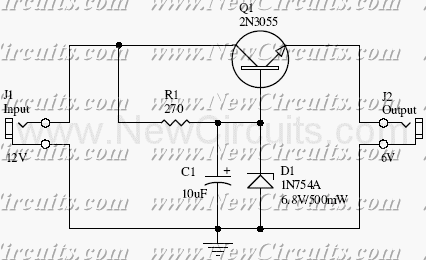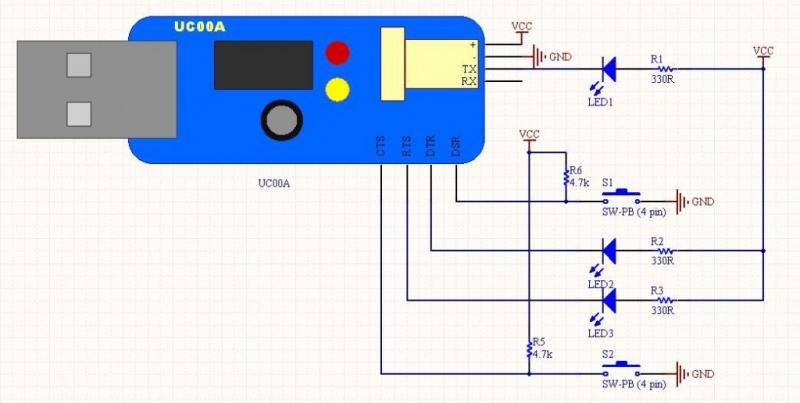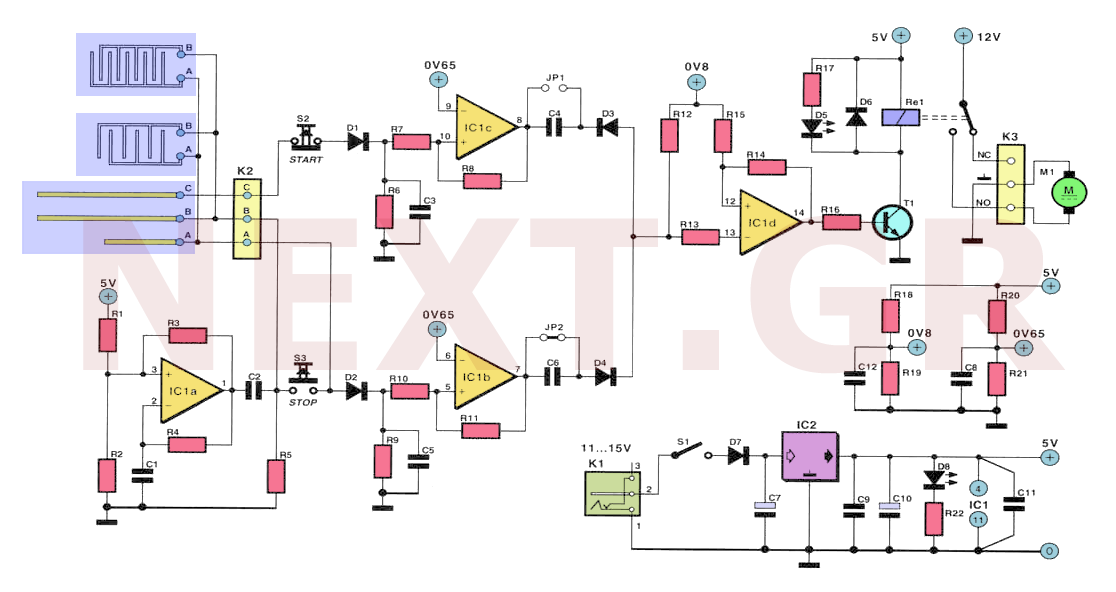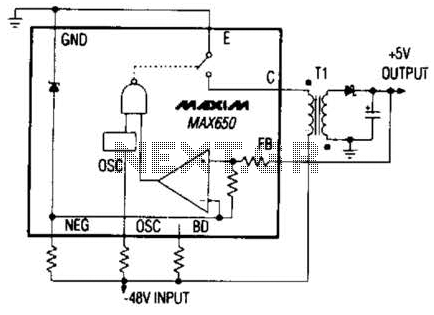
Switch-mode Converter Starts With Full Load Connected

To ensure a full-load start-up, the additional circuitry in this regulated boost converter disconnects the load until the output voltage reaches regulation. Proper operation necessitates a gate-drive voltage adequate to maintain low on-resistance in the switching MOSFET; however, during start-up, this drive is restricted.
The regulated boost converter is designed to step up the input voltage to a higher output voltage while maintaining a stable output under varying load conditions. The additional circuitry plays a crucial role in managing the load connection during the start-up phase. By disconnecting the load until the output voltage stabilizes, the converter prevents potential damage to the load and ensures that the system operates within safe parameters.
The gate-drive voltage is a critical factor in the performance of the switching MOSFET. A sufficiently high gate-drive voltage is necessary to minimize the on-resistance of the MOSFET, which in turn reduces power losses and improves efficiency. During the start-up phase, the gate-drive voltage is intentionally limited to prevent excessive current draw, which could lead to instability or failure in the converter's operation.
Once the output voltage reaches the desired regulation level, the load is reconnected, allowing the converter to operate under full load conditions. This sequence ensures that the converter can handle the demands placed on it without compromising performance or reliability. The design of the control circuitry must take into account the timing and thresholds for disconnection and reconnection of the load, as well as the characteristics of the MOSFET and other components involved in the boost conversion process.
Overall, the regulated boost converter's design emphasizes safety and efficiency, particularly during the critical start-up phase, ensuring that it can deliver the required output voltage reliably under all operating conditions.To ensure a full-load start-up, the extra circuitry in this regulated boost converter disconnects the load until the output voltage achieves regulation. Proper operation requires a gate-drive voltage sufficient to provide low on-resistance in the switching MOSFET, but at start-up this drive is limited to the
🔗 External reference
The regulated boost converter is designed to step up the input voltage to a higher output voltage while maintaining a stable output under varying load conditions. The additional circuitry plays a crucial role in managing the load connection during the start-up phase. By disconnecting the load until the output voltage stabilizes, the converter prevents potential damage to the load and ensures that the system operates within safe parameters.
The gate-drive voltage is a critical factor in the performance of the switching MOSFET. A sufficiently high gate-drive voltage is necessary to minimize the on-resistance of the MOSFET, which in turn reduces power losses and improves efficiency. During the start-up phase, the gate-drive voltage is intentionally limited to prevent excessive current draw, which could lead to instability or failure in the converter's operation.
Once the output voltage reaches the desired regulation level, the load is reconnected, allowing the converter to operate under full load conditions. This sequence ensures that the converter can handle the demands placed on it without compromising performance or reliability. The design of the control circuitry must take into account the timing and thresholds for disconnection and reconnection of the load, as well as the characteristics of the MOSFET and other components involved in the boost conversion process.
Overall, the regulated boost converter's design emphasizes safety and efficiency, particularly during the critical start-up phase, ensuring that it can deliver the required output voltage reliably under all operating conditions.To ensure a full-load start-up, the extra circuitry in this regulated boost converter disconnects the load until the output voltage achieves regulation. Proper operation requires a gate-drive voltage sufficient to provide low on-resistance in the switching MOSFET, but at start-up this drive is limited to the
🔗 External reference





